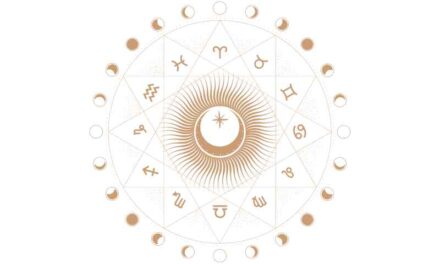Tantrism, also known as Tantra or Tantricism, is a word used to refer to a collection of esoteric rites and practices that may be found in a variety of eastern religions. Tantra, which is literally translated from Sanskrit as “weaving,” is considered to address the truth of continuity in the cosmos, according to its practitioners of Hindu Yogic Science of Tantrism.
The term “Tantrism,” which is used to refer to the collective components of various esoteric traditions, is a Western creation, according to strict definitions. It is necessary to use this sort of language construct because of the differences between the ways in which Western thinking and Eastern thought tend to recognize and connect to different concerns and practices of religion and belief.
People with a Western perspective may find it simpler to comprehend the basics of the many practices and rituals that are a part of the larger Tantric tradition if they seek to categorize Tantric practices into a separate category.
Tantrism, in its most basic definition, may refer to any ritual, ceremony, or practice that is believed to combine four fundamental features. First and foremost, the ritual will be more or less constant in terms of its application and purpose. Second, it is recognized that the work of energy is being performed.
Third, the utilization of the ordinary or mundane is used in order to obtain access to a more expansive dimension of reality. The last exercise featured in Tantrism will be utilized to identify the microcosm that is located inside the macrocosm in relation to the Ultimate Reality, which will be determined by the practice itself.
While the rituals and practices that may legitimately be classified as Tantric in origin differ widely from one another, they all seem to have three fundamental characteristics. When it comes to Eastern faiths, the usage of a mantra is quite widespread. Mantras may be used to conjure certain deities or to connect with one’s inner self.
Tantrism will not only concentrate on summoning deities, but it will also emphasize associating with deities. Within this use, it is recognized that the practitioner is attempting to become one with the god, in effect becoming one with the essence of the deity who has been summoned.
Last but not least, Tantrism will frequently involve some sort of sacred and secret ritual that will make use of ordinary elements to represent some greater form of universal energy, such as food being used as a symbol for renewal. Tantrism is a religion that is based on the belief that all things are connected.
A combination of the basic words tan, which means “to weave” or to extend, which means “to protect” or to release, gives rise to the name Tantrika. As a result, it defines a conviction in the need of extending knowledge in order to reach emancipation.
While tantrika refers to the categorization of rituals based on the Tantras, vaidika refers to the classification of rituals based on the Vedas, which are the earliest religious texts in Hinduism and are the source of the Tantras.
Tantrika has also been around for a long time. Some Tantric groups engage in occult-like activities, such as ceremonies that link lovemaking with higher awareness, which is considered a kind of initiation.
A practitioner of Tantra is referred to as a tantrika or a sadhaka, depending on his or her location. The Tantric adept is referred to as a Siddha, which literally means “accomplished one.” The ceremonial and meditation approach or route that is unique to Tantra is referred to as a sadhana, and it is believed to result in the acquisition of specific ” mind powers” via the practice of Tantra.
When it comes to physical activities, Tantricism has a lot in common with the Hindu traditions of yoga. In fact, the word tantra-yoga is occasionally used to refer to Tantric practitioners, and the name yogin or yogini is commonly used to refer to Tantric practitioners.
According to stone inscriptions, Tantric deities were worshipped in the fifth century, and most historians think that Tantrism was fully established by the sixth or seventh centuries CE. The era from the eighth or ninth century to the fourteenth century seems to have been a time of great prosperity for Tantrism in India.
A large number of temples, as well as some of the finest thinkers in the Tantric traditions, date from this time period, as do most of the literature considered to be “Tantric” the Hindu Yogic Science of Tantrism (the Tantras, Samhitas, and Gamas).





